Some inventors tested their work with full confidence that it would succeed, but they also underestimated the risks. Each story below involves a person whose design or experiment cost them their life, usually during a demonstration.
Their legacies include contributions to science, transportation, and engineering, but they also serve as warnings about the costs of miscalculation, overconfidence, or pushing boundaries without enough safeguards.
Karel Soucek

After going over Niagara Falls in a special barrel and surviving, Karel Soucek gained instant fame. He had designed the barrel to stay upright throughout the fall, which helped him survive. For his next stunt, he arranged to be dropped into a tank inside the Houston Astrodome. However, the barrel hit the edge instead of landing in the water, and Soucek succumbed to his injuries later that day.
Henry Smolinski

Most people remember how a trial flight caused the loss of Henry Smolinski in 1973. But before the crash, there was an idea—one that tried to turn a regular car into something that could fly. The AVE Mizar combined a Ford Pinto with aircraft wings, which was meant to be practical and affordable. His invention never advanced, but it marked a bold step toward flying cars.
Thomas Midgley Jr
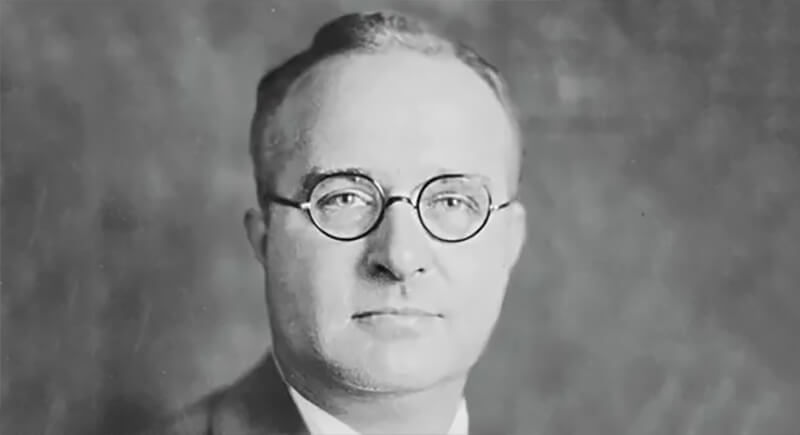
Not wanting to be deterred by a polio diagnosis, Thomas Midgley Jr created a system of ropes and pulleys to help him move from bed. One day, he got tangled in the device and was unable to get out of it. He had already left behind a controversial legacy. His earlier inventions—leaded gasoline and CFCs—were once celebrated but later blamed for widespread environmental damage.
Henry Winstanley

Storms had destroyed too many ships near the Eddystone Rocks, so English engineer Henry Winstanley decided to build a lighthouse. He was so confident in its strength that he chose to stay inside because of a powerful storm in 1703. The building collapsed, and no trace of Winstanley or the others with him was ever found.
William Bullock
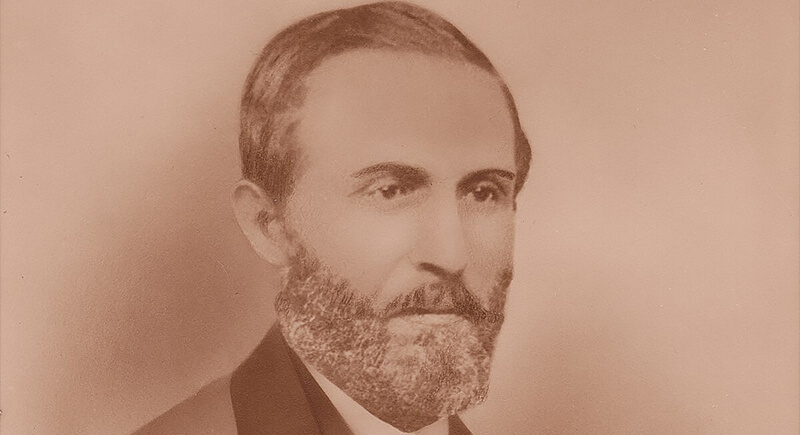
While adjusting one of his rotary printing presses in 1867, William Bullock got his foot caught in the machinery. The injury led to infection, and he perished during an amputation attempt. His press had already revolutionized newspaper production by dramatically increasing speed and efficiency.
Stockton Rush

The Titan submersible wasn’t certified by any agency, but it still descended thousands of feet toward the Titanic wreck. Stockton Rush, the engineer behind it, ignored safety warnings, believing exploration required risk. In 2023, the vessel imploded under immense pressure, and Rush and four others did not resurface.
Sabin Von Sochocky

Luminous radium paint developed by Sabin von Sochocky made watch dials glow in the dark. Workers—mostly women—used fine brushes and were told to lick the tips for precision, unknowingly ingesting radiation. Many fell seriously ill, and Von Sochocky didn’t live to see another day. The lawsuits that followed forced companies to take workplace safety more seriously.
Franz Reichelt
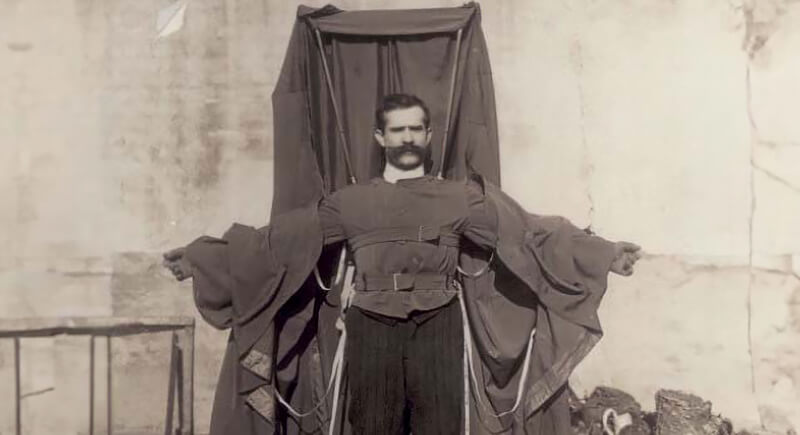
This is the story of someone giving an invention a go far too soon. Franz Reichelt had designed a wearable parachute he believed could save pilots. He’d only tested it with dummies, but in 1912, he put it on himself and jumped off the Eiffel Tower. The suit never opened. Instead, it wrapped tightly around his body and offered no resistance.
Jean-François Pilâtre De Rozier

As one of the earliest pioneers of flight, Jean-François Pilâtre de Rozier helped lead the first manned balloon ascent in 1783. Two years later, he attempted to cross the English Channel in a hybrid balloon using hydrogen and hot air. Though his final attempt failed, he’s remembered for pushing the boundaries of aviation.
Luis Jiménez
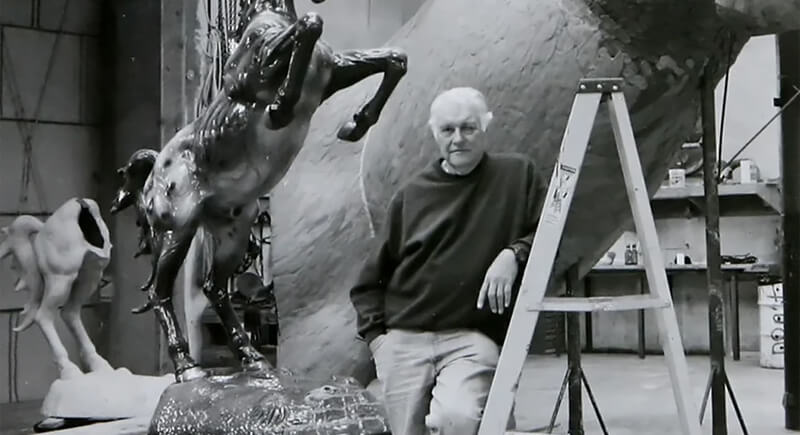
Sculptor Luis Jiménez died while installing one of his most well-known works—a 32-foot fiberglass horse now standing outside Denver International Airport. A section of the sculpture broke off and pinned him against a steel beam. The horse was completed after his departure and still draws mixed opinions because of the inventor’s passing.
Otto Lilienthal
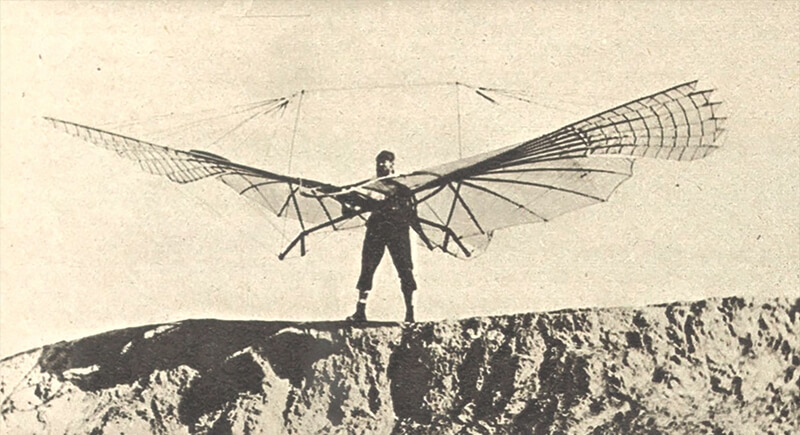
We all know that Otto Lilienthal’s experiments laid the groundwork for controlled human flight. However, a gust of wind caused his glider to stall in 1896 and made him fall 50 feet. His detailed notebooks helped others continue where he left off. To this day, his story remains central to the risks involved in initial airplane designs.
Sylvester H. Roper
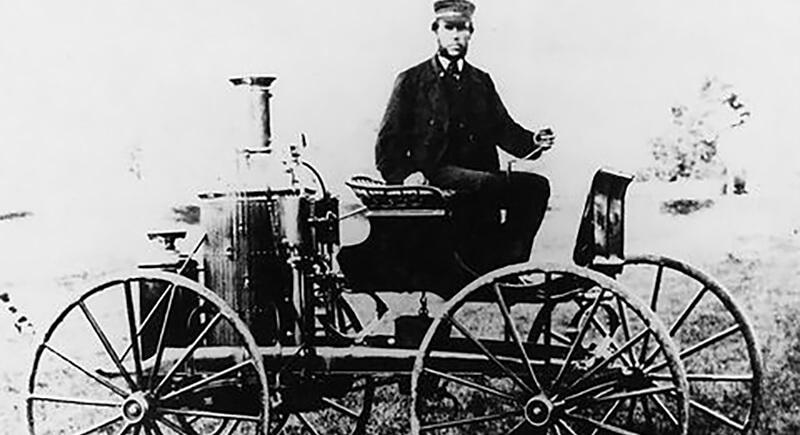
Before gasoline engines dominated the scene, steam-powered vehicles offered a glimpse of what personal transport could become. Sylvester H. Roper built the “Roper Velocipede,” one of the earliest motorcycle prototypes. But amid a demonstration, he fell and passed, possibly from a heart attack, though some blamed the crash itself.
Francis Edgar Stanley
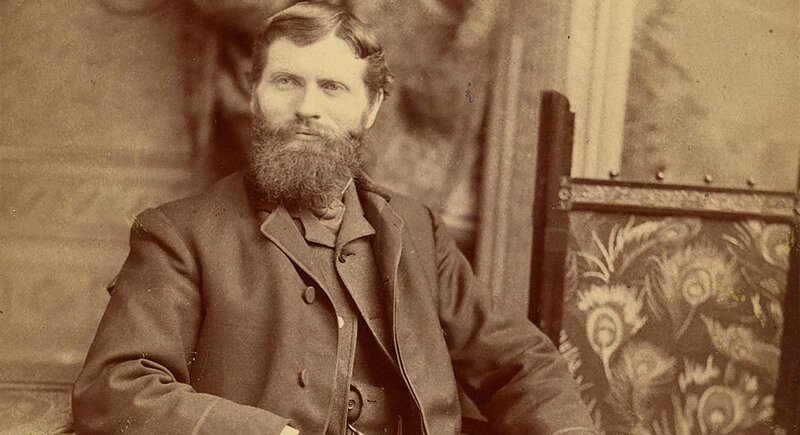
While driving a Stanley Steamer, one of the steam-powered cars he helped develop, Francis Edgar Stanley tried to avoid an obstacle on the road in 1918. His vehicle swerved and hit a woodpile before causing fatal injuries. The loss of the inventor didn’t slow interest in the car immediately, but the rise of internal combustion engines soon made steam vehicles a thing of the past.
Henry Fleuss
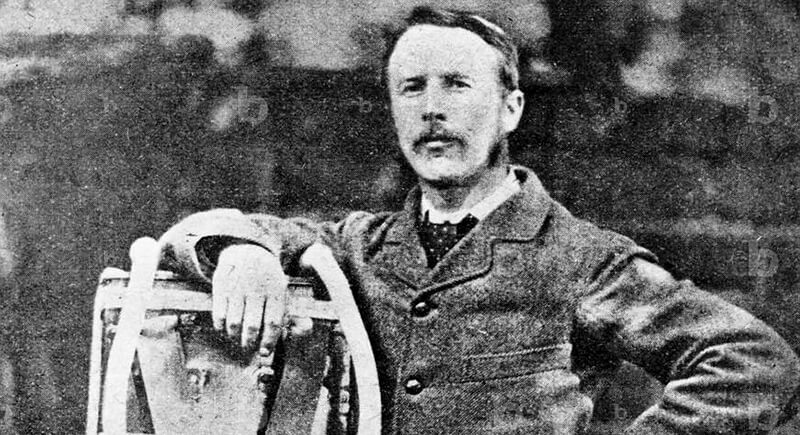
Designed to help divers stay underwater longer, Henry Fleuss’s oxygen rebreather aimed to recycle air without the need for constant resurfacing. He tested the device himself not long after. What he didn’t anticipate was how pure oxygen becomes toxic under pressure. In the middle of one of his dives, the oxygen reached dangerous levels and took his life.
Mike Hughes

Though not a trained engineer, Mike Hughes built and launched his own steam-powered rockets anyway. His final launch ended seconds after liftoff when the parachute detached. Later, the documentary Rocketman covered his efforts and motivations, but also that pushing physical limits can lead to your departure.